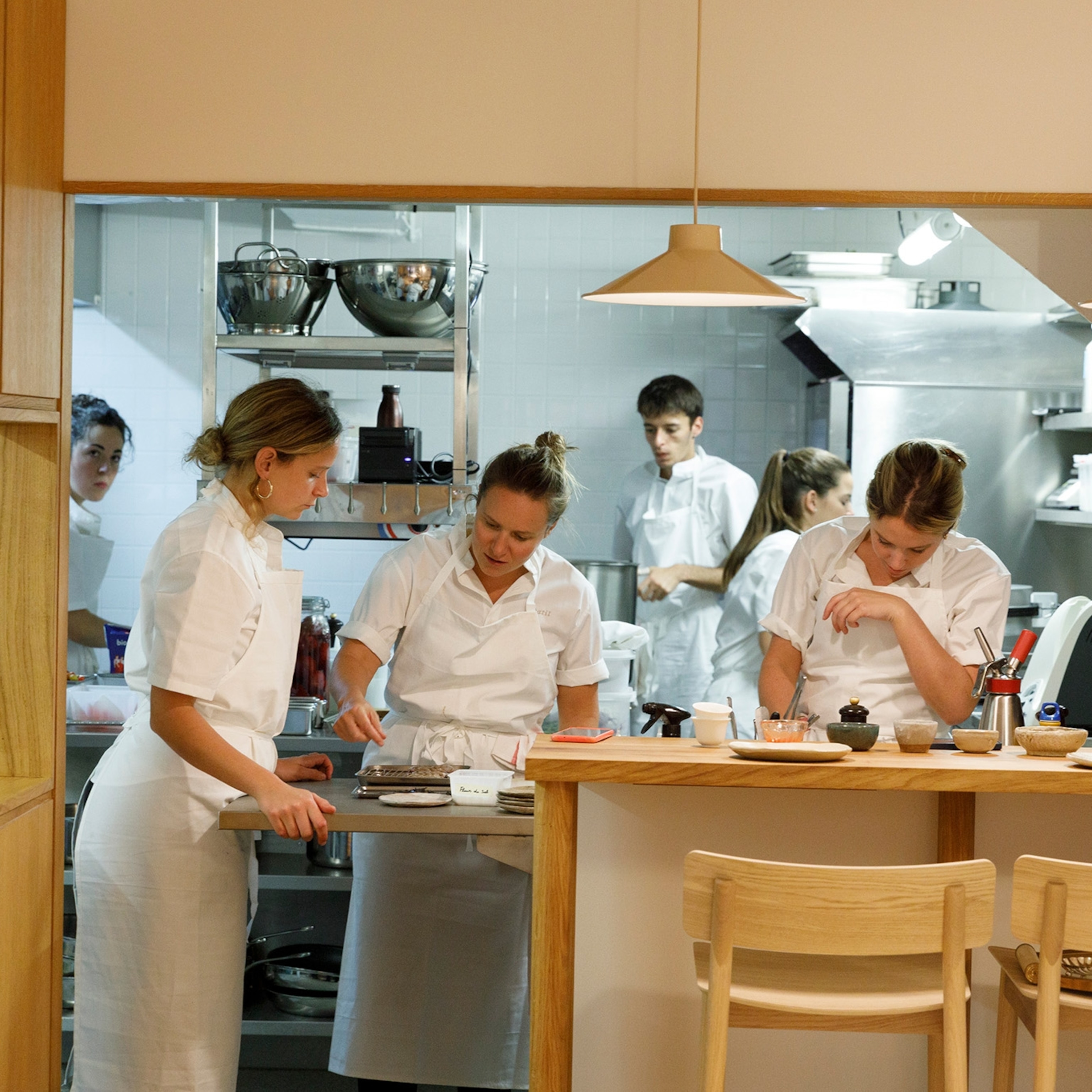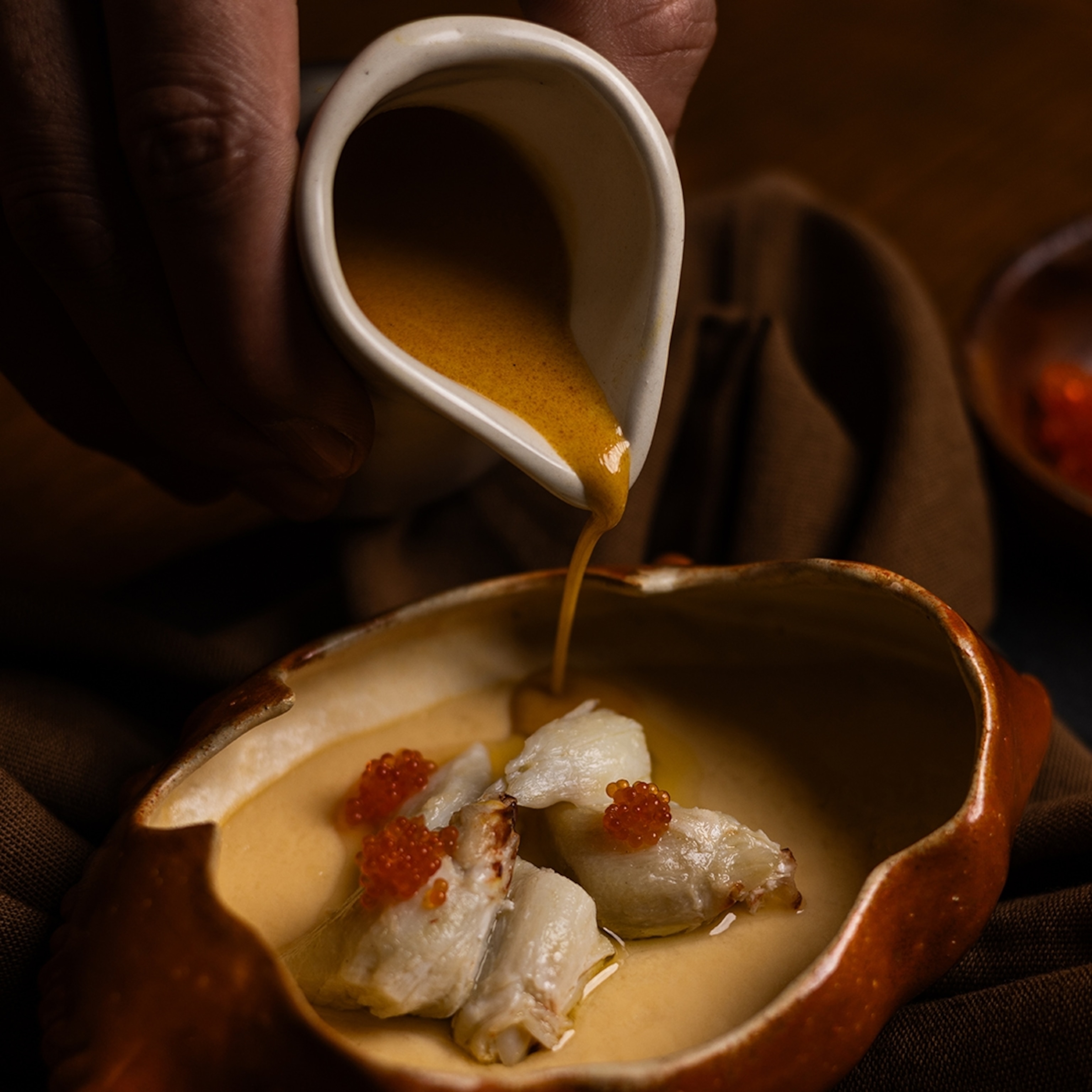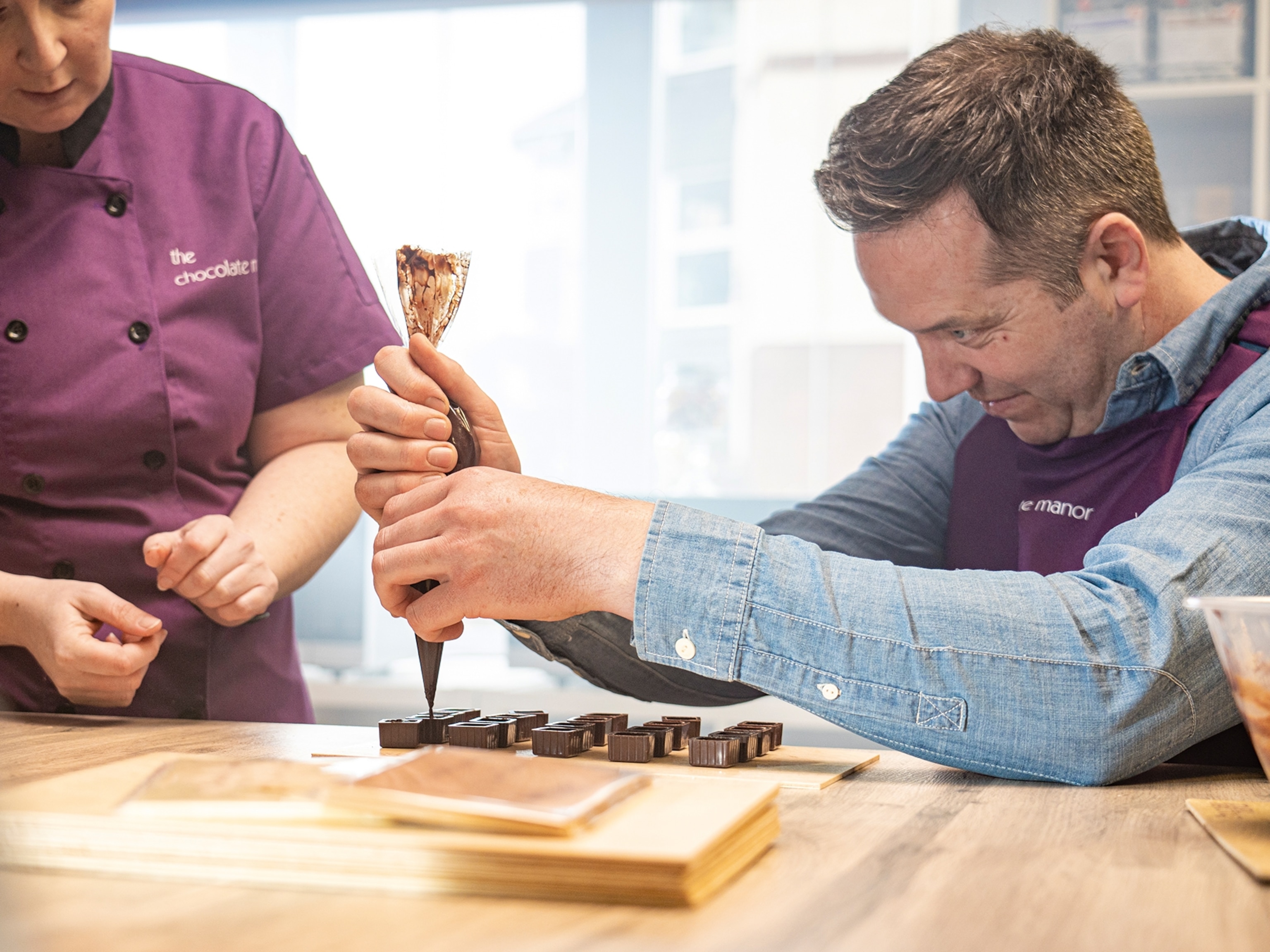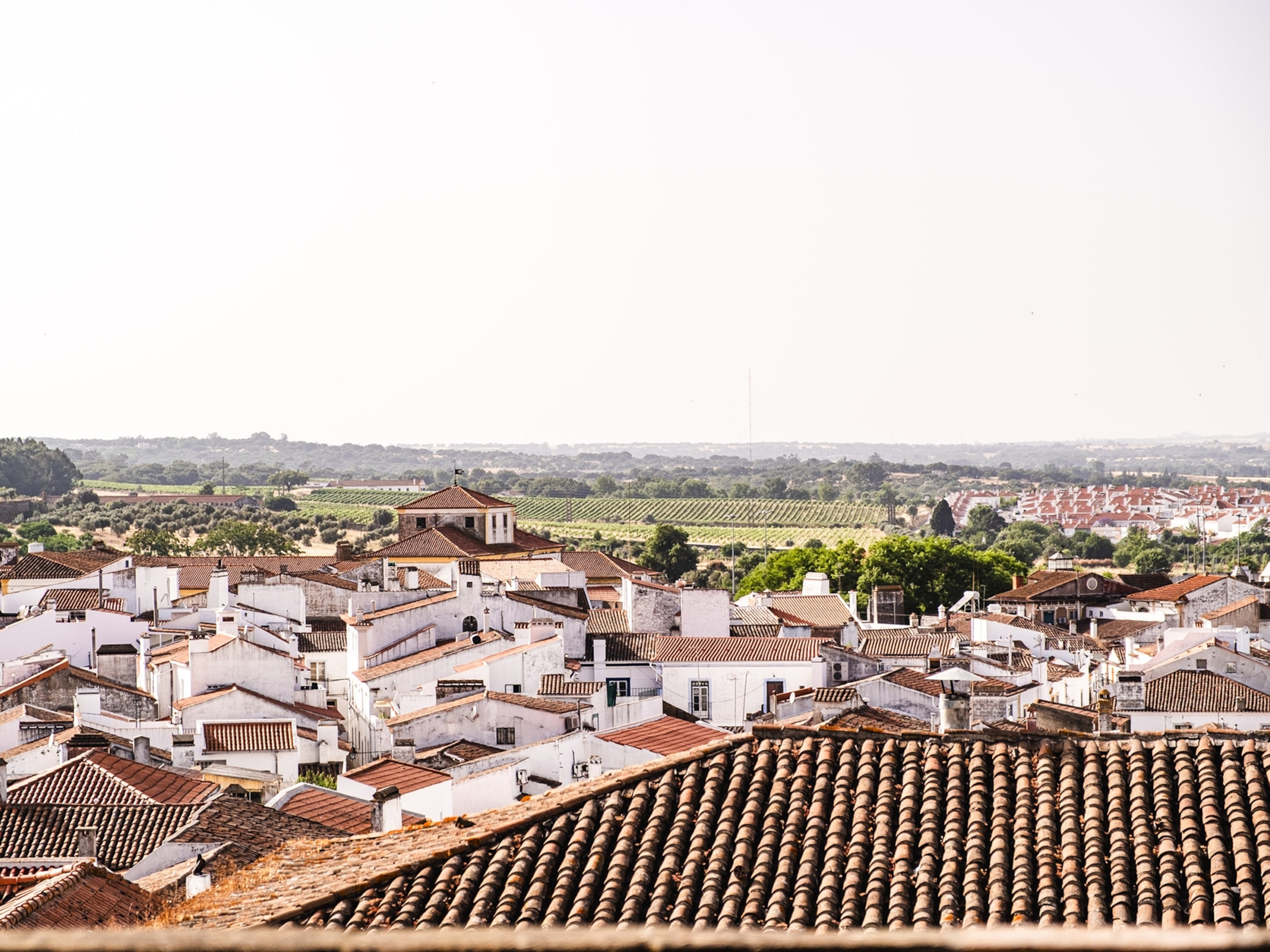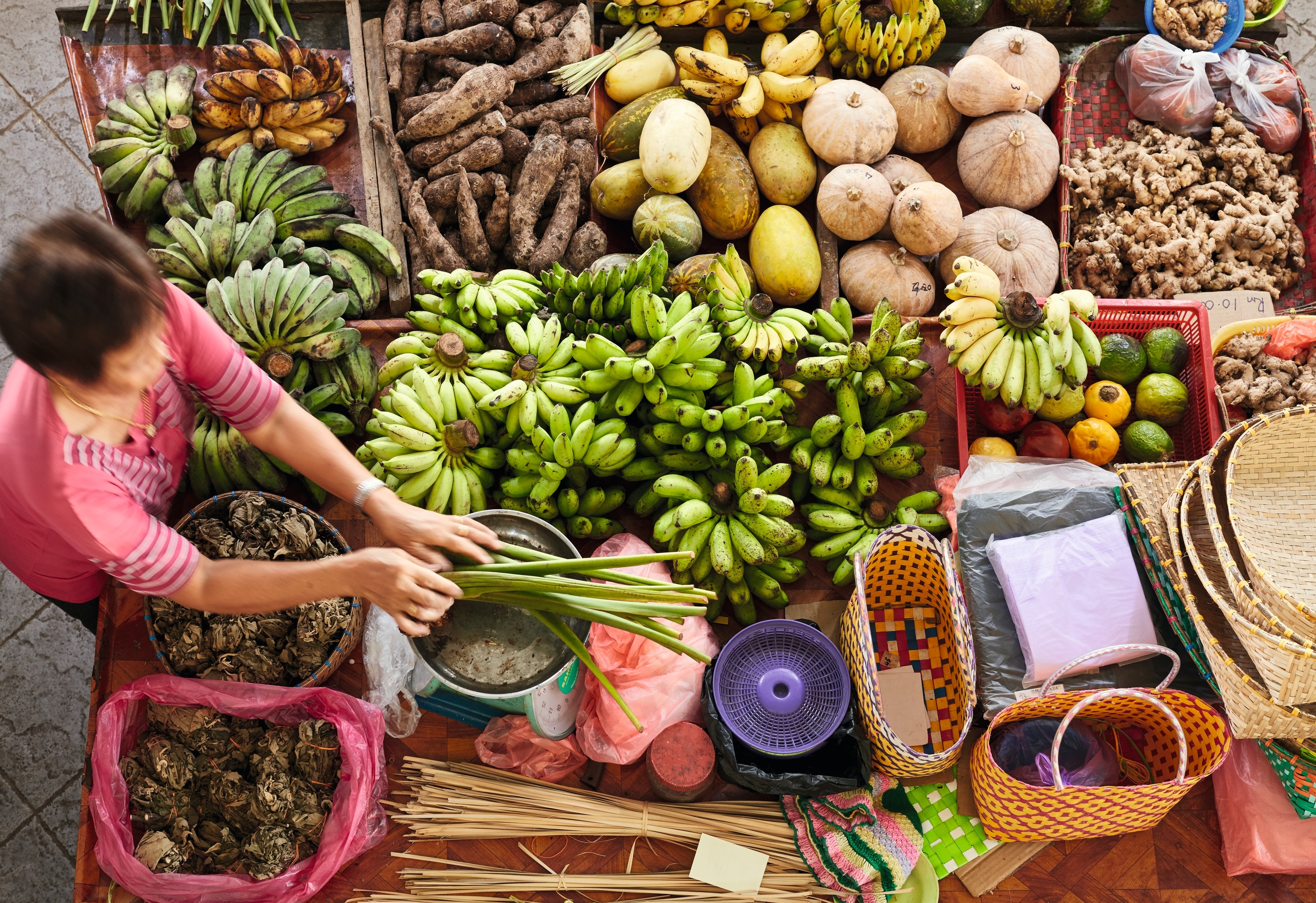
Malaysian menu: inside Sarawak's restaurant revolution
From durian flowers to bamboo chicken, the traditional dishes of Malaysia’s largest region are being championed by a new generation of chefs and restaurateurs. Meet the people behind the resurgence in the Sarawakian cuisine.
“Kuching’s cuisine is the best-kept secret in Asia,” says writer Karen Shepherd, who was born in Sarawak’s capital and whose enthusiasm for the place knows no bounds. The secret, though, might be out of the bag. In 2021, Kuching was recognised by UNESCO as a Creative City of Gastronomy, becoming the first city in Malaysia to receive the accolade and joining a list of just 50 worldwide. “Everyone seemed to be surprised, but not me,” says Karen, who helped prepare the city’s bid.
Just as in the rest of Malaysia, the cuisine of Sarawak is based around rice and noodles, but, owing to its location on the jungle-clad island of Borneo, the state has rich culinary traditions that can’t be found anywhere else. Separated from Peninsular Malaysia, where most of the country's population lives, Sarawak is home to 34 Indigenous tribes. “We eat things that other people don’t,” explains Karen. “Bamboo shoots, coconut shoots, even durian flowers, which bloom for just one week a year. These are vegetables foraged from the rainforest — the tastiest on Earth.”
The result is a varied choice of dishes, ranging from mild to spicy, and often incorporating ingredients with a piquancy that brings a fabulous complexity to the flavours. Daun ubi goreng, for instance, features a sharp-tasting shoot called tepus (a wild ginger) that cuts through the sweeter mashed tapioca leaves stir-fried with it; tempoyak plays on the sourness of fermented durian fruit. Other vegetable creations include terung asam sambal (using sour aubergine) and midin (wild ferns cooked with garlic or shrimp paste), while pansuh is a classic dish of meat cooked inside a bamboo stalk.
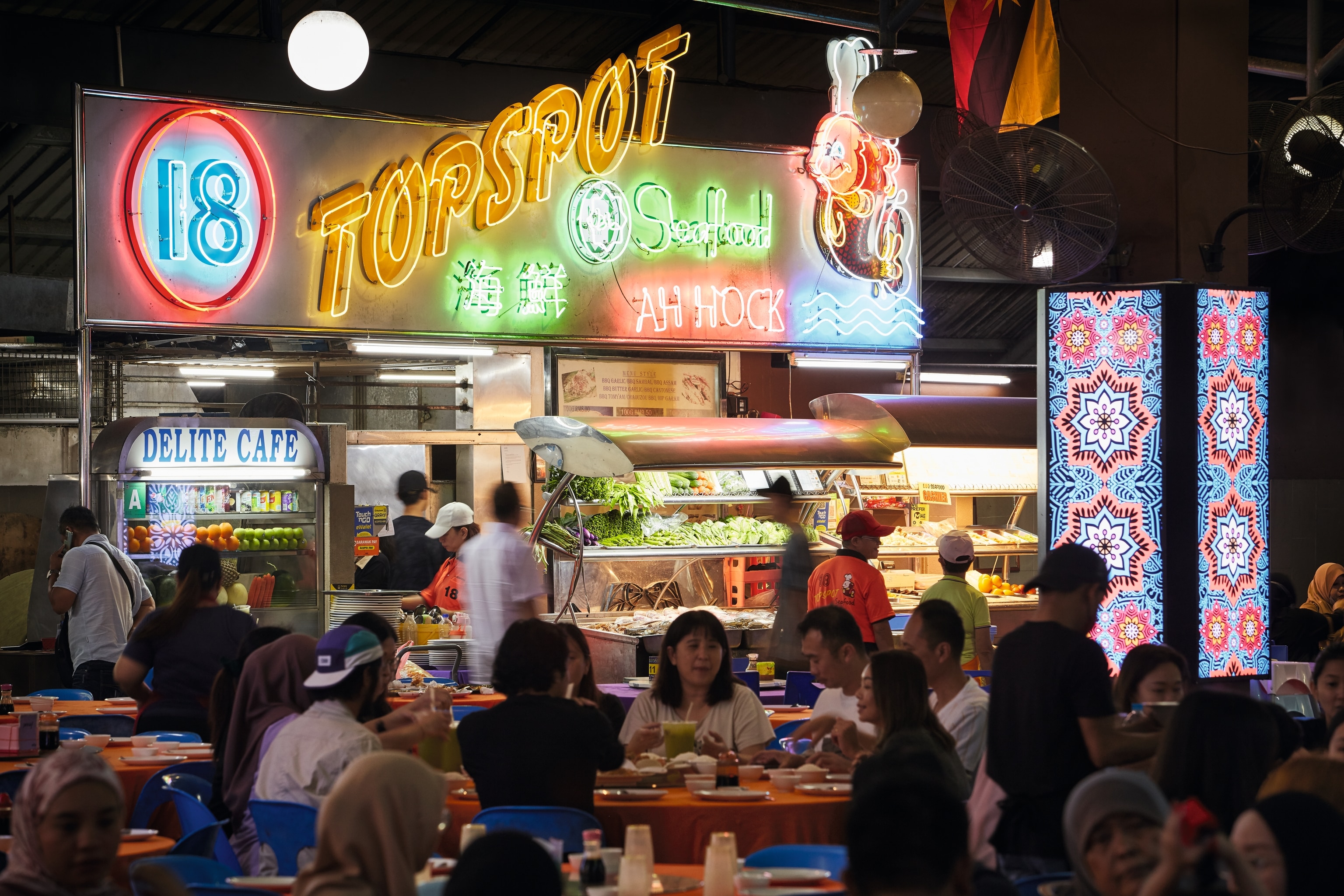
Key to so many of these foods is the relationship between Sarawak’s Indigenous peoples and the biodiversity of the Borneo landscape around them. “The rainforest is our supermarket,” says Mina Trang-Witte, who hails from the Kelabit tribe in the north and forages just as her mother and grandmother did before her.
Mina knows jungle plants inside out. But not long ago, with widespread migration from the countryside to cities, it seemed possible she would be one of the last few who did. The age-old ways were being forgotten in urban areas and so Mina made it her mission to champion Indigenous recipes and ingredients so they would not be lost forever.
Her efforts, and those of others from Culinary Heritage and Arts Society Sarawak, to revive the region's traditional dishes have helped spark a renaissance in cooking with the younger generation that’s reflected in Kuching’s place on the UNESCO list. Young chefs are turning to rural methods of cooking and putting kampong (village) foods on their menus.
This hasn’t stifled creativity — far from it. Experimentation is everywhere. Some, like chef John Lim at Roots restaurant, are using a native palm sugar called gula apong to make desserts; chef Achang Libat of Gypsy Badger flavours his tarts with an aubergine usually found in soups. “Rather than looking overseas for inspiration, there’s been a resurgence of interest in what makes Sarawak unique,” says Karen. Sarawak’s culinary reawakening is one to explore.
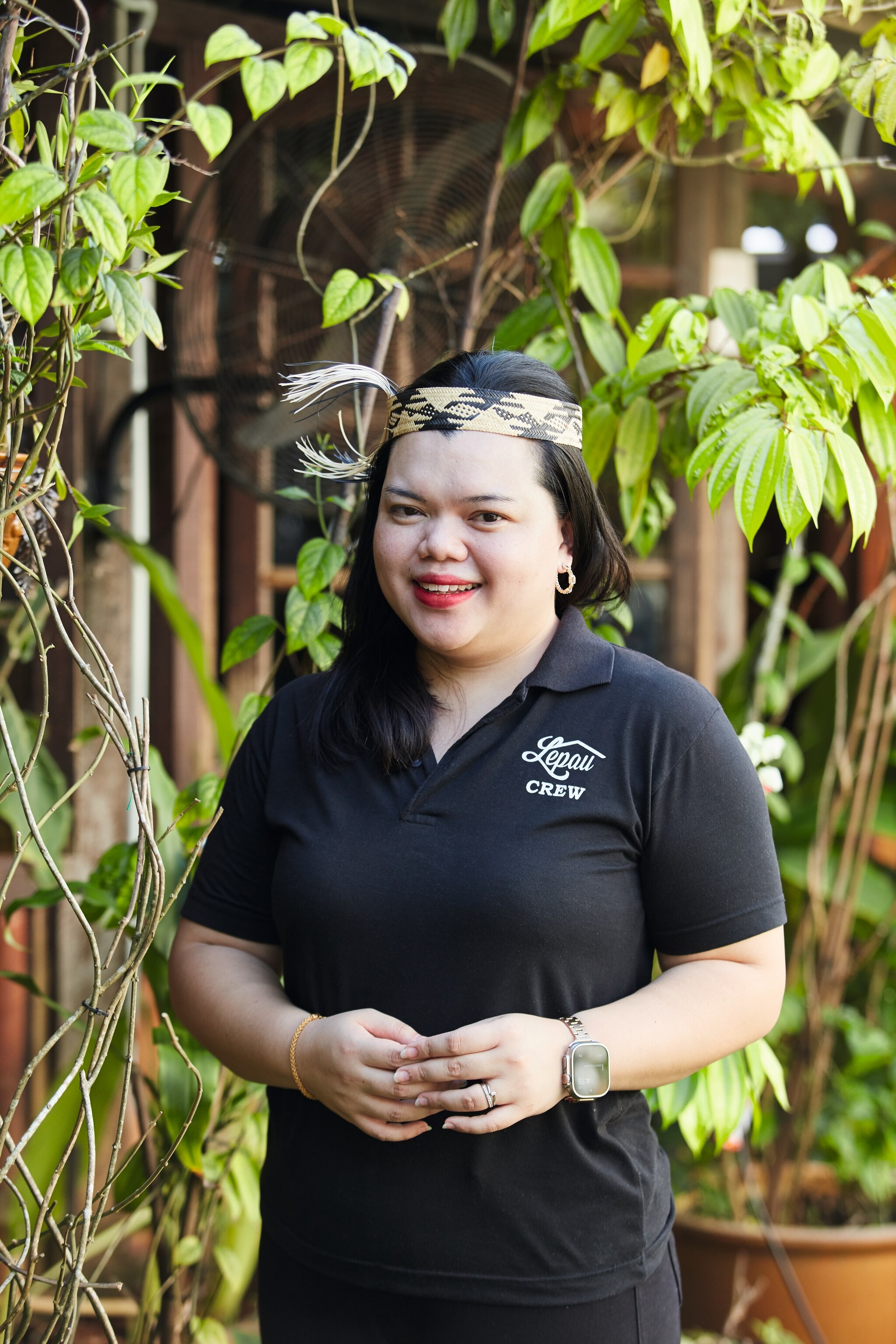
Meet the restaurateur Livan Lah
For 10 years, the Lepau restaurant in Kuching has been wowing diners with its takes on traditional kampong dishes. Owner Livan Lah gives the lowdown.
What inspired you to open Lepau?
I’ve always lived in Kuching, but I belong to a highland tribe called the Kayan. As a child, I always loved the culture and cuisine of my people when I visited family, but I didn’t eat kampong food because there aren’t many Kayans in Kuching. I missed it. And so, after university, I decided to open a restaurant with a rural village atmosphere — Lepau means ‘farm hut’ — and serve the type of food I had when I was younger.
What research went into creating the restaurant’s menu?
I spent several months travelling around Sarawak to get a better understanding of traditional cooking methods, learning how to make umai (a dish of sliced raw fish that’s native to the Melanau tribe in Mukah) and visiting the longhouses of the Bidayuh tribe to observe how they do bamboo chicken. The Bidayuh also make a special drink from tree bark, called bakas, that’s very refreshing, and I introduced that to my menu. My restaurant offers a sort of tribal fusion — it’s as traditional as possible, but we use several different cooking methods from different tribes.
What inspired your decision to create an all-female team at the restaurant?
As a businesswoman, having an all-female team was important to me — I believe in female empowerment. I have two chefs, named Florence and Mary, and we’re always experimenting with flavours and ingredients — we’re all from different tribes so we bring different methods. My mother is a master beadworker and my father spent three years carving the traditional motifs around the doors and windows of the restaurant, but otherwise we only employ men to do some of the heavy lifting.
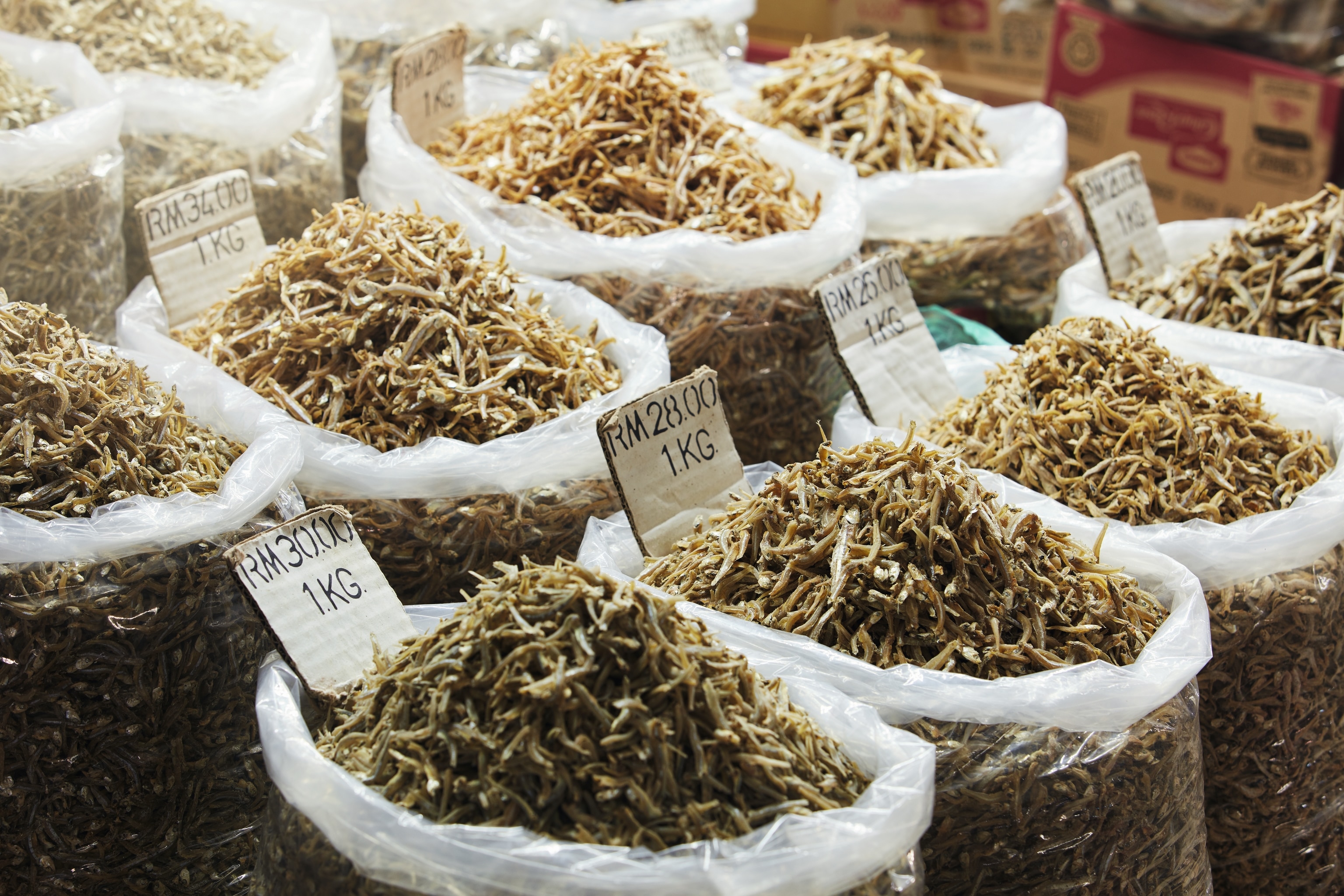
3 traditional dishes to try in Sarawak
1. Sarawak laksa
Most Southeast Asian countries have their versions of laksa, a noodle dish that’s often eaten as the first meal of the day and features ingredients like noodles, chicken, tofu, egg, mushrooms and prawns. However, Sarawak’s is thought by many to be the best, combining a unique blend of spices and using coconut milk as a base. Celebrity chef Anthony Bourdain called Sarawak laksa ‘the breakfast of the gods’ — and, less famously, ‘the weapons-grade plutonium of breakfasts’.
2. Terung asam sambal
This delicious sambal (spicy relish) is best eaten with rice, ideally bario, which is the creme-de-la creme of Sarawak’s 40 heirloom rice varieties. A small, yellow fruit called terung asam — or sour aubergine — is smoked, peeled, mashed and then stir-fried with onion and chilli paste to create a rich, thick dish that brings together hot and sharp flavours.
3. Pansoh
A pansoh is made by filling a section of a bamboo stalk with meat (typically chicken or pork) and water, adding some seasoning, sealing both ends and propping it over an open fire to cook. It’s a popular dish that’s always on the menu during festivals and other celebrations of the Iban and Bidayuh tribes.
There are regular flights to Kuching from London Heathrow via Singapore, Kuala Lumpur and Brunei. For more ideas on where to eat in Sarawak, visit sarawaktourism.com
